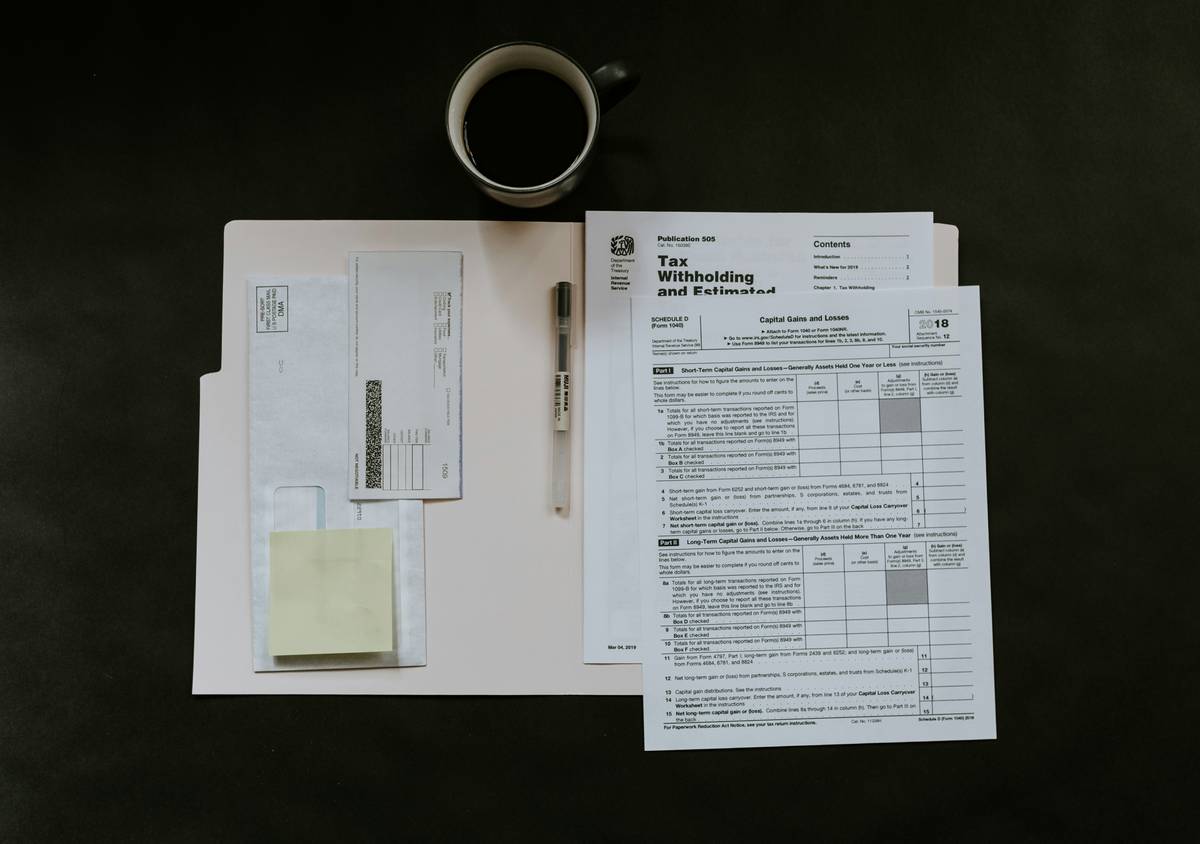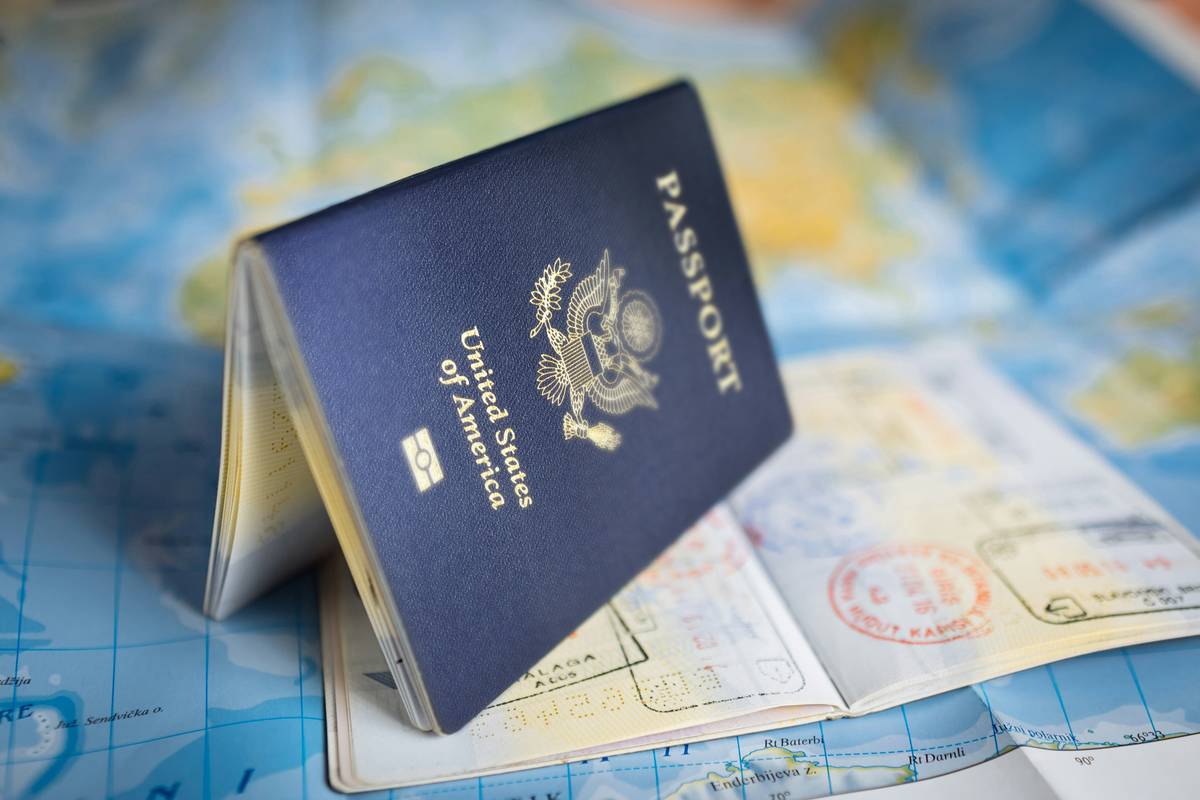“There’s nothing quite like landing in paradise only to find your bag is stuck in purgatory.” Ever spent hours waiting at baggage claim, praying your suitcase would show up? Yeah, us too. According to SITA’s 2023 report, over 4.3 million bags were mishandled globally. That’s not just an inconvenience—it’s a travel nightmare.
In this guide, we’ll break down what a luggage finder policy is, why it matters more than ever, and how you can use baggage delay insurance to save your next trip from chaos. Ready? Let’s dive in.
Table of Contents
- What Is a Luggage Finder Policy & Why Does It Matter?
- Step-by-Step Guide to Choosing the Right Baggage Delay Insurance
- 5 Tips to Maximize Your Coverage Without Overpaying
- Real-Life Case Studies: How Travelers Saved Their Trips
- Frequently Asked Questions About Luggage Finder Policies
Key Takeaways:
- A luggage finder policy helps track delayed bags and offers financial compensation for essentials.
- Picking the right baggage delay insurance requires comparing coverage limits and exclusions.
- Common mistakes include underestimating daily allowance caps or ignoring policy fine print.
What Is a Luggage Finder Policy & Why Does It Matter?

Picture this: A family reunion in Bali turns sour when their checked bags don’t arrive on time. No clothes, no toiletries—just sweatpants borrowed from strangers at the hotel desk. This wasn’t just bad luck; it was avoidable.
Enter the luggage finder policy. Also known as baggage delay insurance, this type of coverage does two things:
- Tracks missing luggage using advanced tracking systems linked with airlines.
- Compensates travelers for necessary purchases while they wait for their belongings to catch up.
The truth? Many people overlook these policies because “it won’t happen to me.” Spoiler alert: It might. And trust us—you’ll wish you had backup if it does.
Grumpy Optimist Dialogue:
Optimist You: “Hey, there are always risks—better safe than sorry, right?”
Grumpy You: “Ugh, fine—but only if coffee’s involved.”
Step-by-Step Guide to Choosing the Right Baggage Delay Insurance
Step 1: Identify Your Needs
Before jumping into any policy, ask yourself:
- How long am I traveling?
- Am I flying internationally or domestically?
- Do I pack expensive items that need extra protection?
Step 2: Compare Coverage Limits
Not all policies are created equal. Some offer $50/day for delays exceeding six hours; others cap payouts lower or higher. Always check the daily allowance limit and duration requirements before purchasing.

Step 3: Check Exclusions Carefully
Brace yourself—here comes some brutal honesty. Many policies exclude common scenarios like theft, natural disasters, or strike-related delays. Read every word of the terms and conditions (even the boring parts).
Step 4: Verify Airline Partnerships
Certain insurers partner directly with airlines to streamline claims processes. If your carrier works with your insurer, retrieving lost items becomes far easier.
Step 5: Purchase Strategically
Terrific Tip Alert: Bundle your luggage finder policy with other travel insurances for discounts. However…
Terrible Tip Disclaimer: Never skimp on coverage by opting for the cheapest option without reading reviews—or worse, assuming credit card perks will cover everything. They rarely do.
5 Tips to Maximize Your Coverage Without Overpaying
- Document Everything: Snap photos of your packed bags pre-flight. In case of loss, proof of contents boosts your reimbursement odds.
- Use Trusted Insurers: Stick with reputable companies like Allianz, World Nomads, or Travelex.
- File Claims ASAP: Delays are stressful enough—don’t procrastinate on paperwork!
- Opt For Comprehensive Plans: While standalone baggage coverage exists, bundling often saves money.
- Ask About Smart Tracker Integration: Some modern policies integrate RFID tags or GPS trackers to monitor luggage location.
Real-Life Case Studies: How Travelers Saved Their Trips
Let’s get real for a second.
Case Study #1: Sarah in Spain
Sarah bought a basic luggage finder policy before her honeymoon. Her bag disappeared en route to Madrid. Thanks to GPS integration, she tracked her suitcase to a connecting hub within 24 hours—and received $300 compensation for interim expenses.
Case Study #2: Mike in Melbourne
Mike skipped insurance initially but learned the hard way during an Australian adventure. He eventually purchased a comprehensive plan mid-trip after losing his backpack. Lesson learned: Better late than broke.
Frequently Asked Questions About Luggage Finder Policies
Is Baggage Delay Insurance Worth It?
Absolutely—if you value peace of mind. The average cost is minimal compared to potential out-of-pocket expenses.
Can I File Multiple Claims Per Trip?
In most cases, yes—if separate incidents occur. But double-check each policy’s rules.
Does My Credit Card Already Include This?
Possibly. Review your cardholder agreement to see if similar benefits exist.
Conclusion
To sum it up: A luggage finder policy isn’t just another checkbox on your travel prep list—it’s a lifeline when things go awry. Choose wisely, read carefully, and never underestimate the power of preparation. After all…
“Your wanderlust deserves smoother skies.”
Bonus haiku moment:
Lost bags make hearts sink.
Finder policy saves day.
Pack smart, stay zen, fly.

